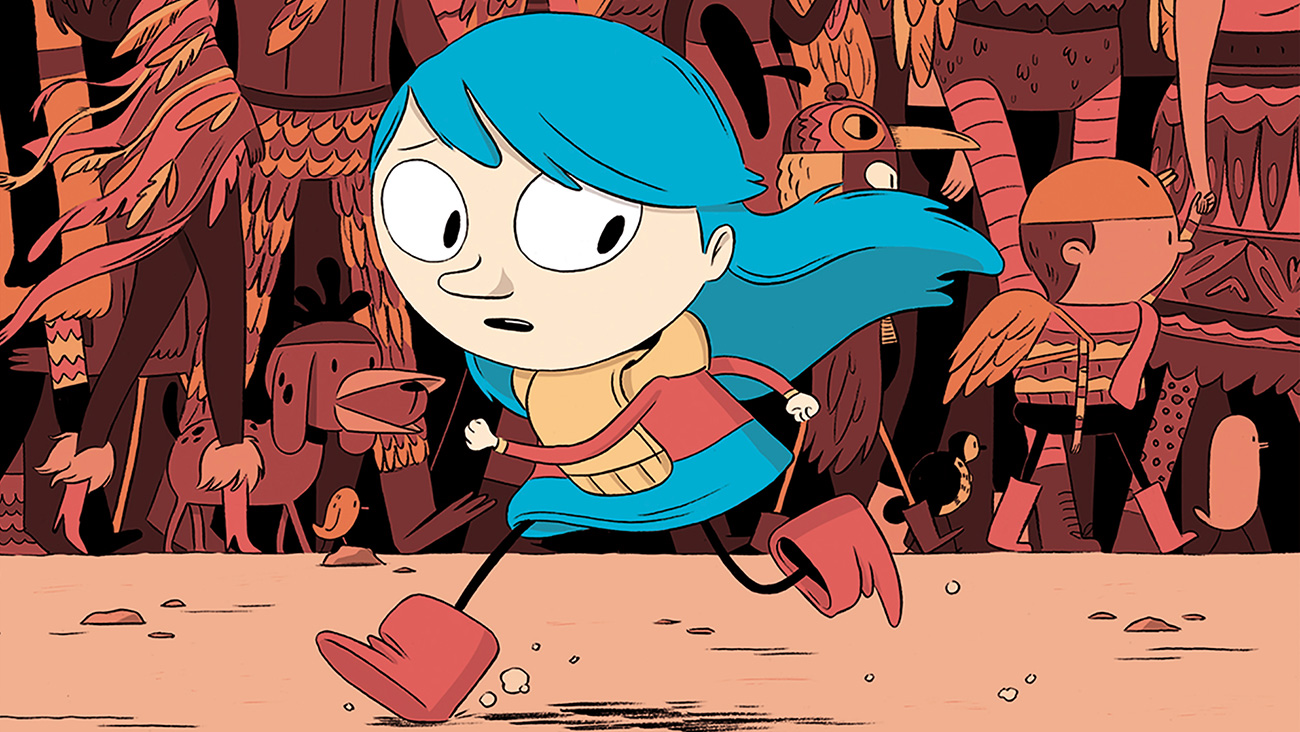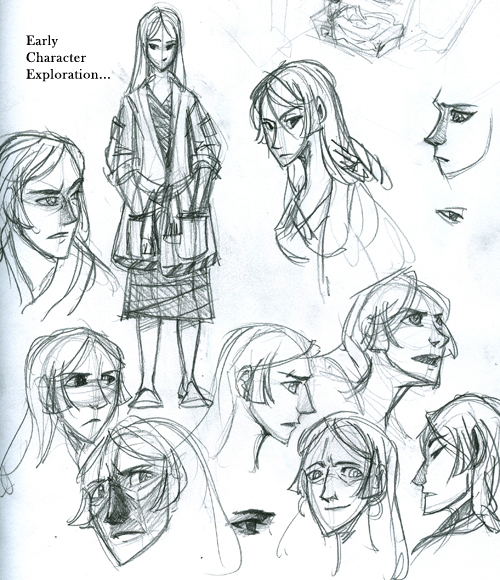Table Of Content

Even if you are not planning to animate the character, you will imply physicality in their pose and should understand how they move and distribute their weight. It is often up to the illustrator to interpret the brief, ask the right questions, read between the lines, and distill the client’s explanation into core character traits. Your ideas should not contradict the brief, of course, but keep in mind that you were hired for your expertise. In many cases, the client will be expecting you to expand on the concept in novel ways that will not have occurred to them.
Tip 2: Even the greatest character designers use references
It took me longer because I didn't correct the perspective in the first sketch. The context changed and some elements of the initial idea changed, ostentatiously, because I liked them better. Defines the initial personality or profession of the character, taking into account the aforementioned contexts.
Artemis
Little Mermaid character designs have fans up in arms - Creative Bloq
Little Mermaid character designs have fans up in arms.
Posted: Sat, 29 Apr 2023 07:00:00 GMT [source]
The history of your character will affect the way they act, so if they come from a family with 10 siblings they are bound to have a series of character traits that will relate to this. It’s all subjective when it comes to choosing the “right” method to make a character. However, there are some tips that could improve the final result in terms of how it’s perceived by the audience. To create characters that will be appealing to bigger audiences, you may not be surprised at all to know that what goes to any sort of design in marketing applies to the characters as well.
Pay Attention to Silhouettes
"I don't like to feel like I've created by characters; I like to feel like I've kind of just encountered them." Without these edges my characters would be very one dimensional in shape and character. For example, although Harald is lacking self-esteem, his edgy legs symbolise his strong standing and add to his earth-grounded personality. Working this way is great because it helps me design my characters in 2D in a way they will benefit from when created in 3D. I start off with several primitives and then use Extrude, Split Polygon and Insert Edgeloop.
"With live action it would look absurd. You can also push the emotion further." At one point one of her team members had to say to her that their Sea of Solitude design was looking a little too similar to The Last Guardian. She looked back at her initial artworks, and it brought back the feeling she had when creating them. Creating a new character can often be an exciting yet daunting task, but a great way to refine your ideas is to put yourself in the shoes of your character.
The details of a character’s personality often inform character designers on the visual attributes of a character. Principles such as color theory, shape language, and even general psychology all help an artist create an effective character design. The process of creating a character for your brand, presentation, or video, is a very complex chain of steps that requires lots of creativity and practice. Surely, don’t let that discourage you if you’re not an illustrator but wish to create your own character.
There’s a reason why Cartoon Network characters are so simplified with clean lines, while Disney characters are more complex and detailed. As we move on to the fundamentals of character concept design, you’ll notice how personality, story-telling, and memorability are the most important aspects of character design. It allows for greater flexibility and versatility in terms of animation. It also creates complex and dynamic poses, making the character more expressive and engaging.

Do a Drawing Based on the Lyrics of Your Favourite Song
Character design can open up boundless commercial possibilities when twinned with specialist skills in illustration or motion graphics. And last, but not least, consider the line of action that defines the direction of your character to the extreme. The line of action is the curved line that gives the character action as opposed to the straight line where the character is static. A curved line of action gives attitude and force and makes the character dynamic and alive. Darken the values of one duplicate and lighten the values of the other.
Personality in Poses
Be sure also to convert the image to black-and-white and adjust the contrast to really help the linework come through. It can also be helpful to trace a clean, digital sketch on top of this one using your brush tool or you may want to jump into inking if your character will include inked, cartoon lines. Finally, be sure to turn down the opacity on your sketch so that you can draw over it. A client will typically provide audience information in the brief, but you’ll want to do research beyond demographics such as age, gender, location, etc. Look up other artists who design for that target audience, and the types of styles that appeal to them.
Vector-based programs like Linearity Curve and Adobe Illustrator are favorites, as your final piece will look crisp and high-quality regardless of medium or display size. The point is to sketch out as many ideas as possible without thinking too much or being too critical of your execution. Consider the evolution of the characters’ color palette and their story development.
Push your character designs further with this workout - Creative Bloq
Push your character designs further with this workout.
Posted: Wed, 14 Aug 2019 07:00:00 GMT [source]
Your character design needs to be strong and interesting in a visual sense to get people's attention. You may notice I have some unnatural edges in my character designs. For example, on the outer side of Harald's legs there is a strong geometric rim. These edges in general serve the purpose to break up the smooth flat and rounded surfaces on my characters, and to build up contrast and tension within the characters.
Traumatic events, past failures, or successes can all influence how they approach and resolve conflicts. But think about the fact that the characters existed before you even created them. There needs to be a reason for why your individual characters are who they are. And because of this world and how they interact with it, they are who they are.

It combines unique aesthetics, dynamic poses, vibrant colors, intricate details, or distinctive features. Character design is the process of creating and visualizing fictional characters, each with their own unique traits, personalities, and appearances. It's a multidisciplinary art that combines elements of illustration, psychology, storytelling, and aesthetics. A successful character design not only captures the essence of the character's role within a narrative but also establishes a visual identity that resonates with the audience.
Deciding whether your designs include a human or animal is a pretty big deal. Or maybe they're a super-friendly futuristic robot like the one in this "how to design an OC" tutorial below. Baby names are wildly creative these days, so why not be as creative with your character names? Research the origin, meaning, and correct pronunciations to discover one that truly fits.
Most character designers often start their projects with a sketch. It’s because they believe this is where the essence of the character is captured. This colour scheme is great for creating characters with well-defined traits that may be best expressed through a specific colour.
Some of the most memorable characters in television and film come from the world of 2D and 3D animation. Before these characters are even animated, however, they are designed. To create your palette, find an image that has the mood and colours you're looking to mimic. Select three or four of the image's most prominent mid-tone colours and copy them twice. Another useful element of your basic 3D scene is the ability to create an easily adjusted camera to frame your image.

No comments:
Post a Comment